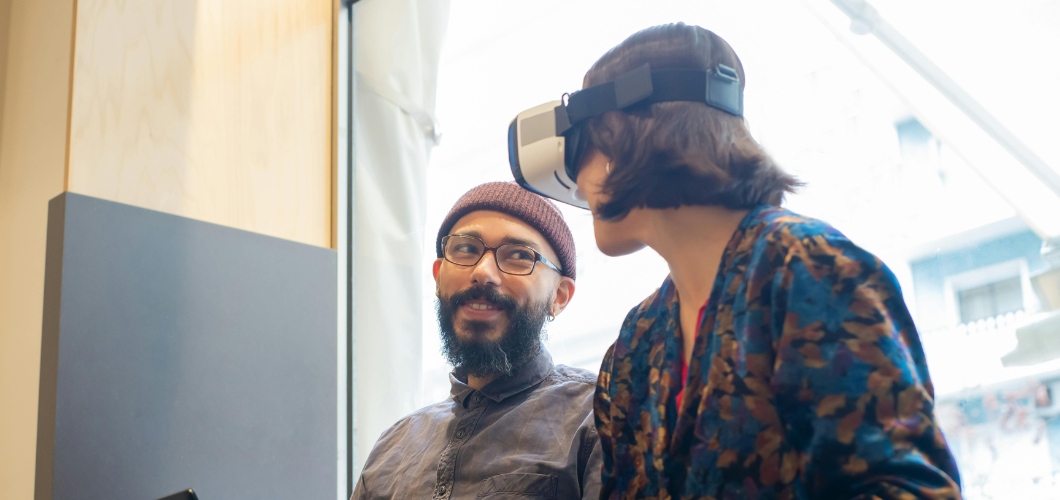In an era of Slack pings, Zoom exhaustion, and tight deadlines, workaday stress is no mere side effect—it’s a fact of life. What if, though, the secret to increased concentration and mental health lay not in meditation apps or coffee breaks, but in an escape into a virtual world?
Meet Virtual Reality (VR)—formerly a gaming gimmick, now a potent wellness and productivity tool redefining the modern workplace.
ALSO READ: Virtual Reality Startups to Watch in 2025
Why Companies Are Looking to VR for Mental Wellbeing
Let’s be real: burnout costs money. It sucks the life out of people, sabotages performance, and results in increased attrition. Visionary companies are now leveraging VR experiences to actively nurture staff wellbeing.
From virtual meditation in virtual forests to breathing exercises in a virtual oceanfront, VR provides immersive relaxation that exceeds the standard wellness webinar.
Why it works:
- Instant stress relief through sensory immersion
- Controlled settings designed for relaxation
- Detachment from real-time digital distractions
The Science Behind Immersive Recovery
In contrast to conventional breaks, VR breaks consciously stimulate the brain for cognitive renewal. The surroundings become so realistic that they stimulate neuroplasticity, allowing people to reset their minds in mere minutes.
Research indicates that VR meditation can reduce cortisol levels, enhance mood, and alleviate anxiety—particularly when done on a regular basis.
Popular VR wellness sessions are:
- Guided mindfulness journeys
- Nature therapy (a hike in the woods, without the bugs)
- Gaze-based interaction for focus training
- Virtual journaling environments
From Zen to Zing: VR for Workplace Productivity
Productivity and mental well-being walk together. And VR isn’t only a calm-down tool—it’s also an excellent productivity-boosting companion.
Envision workers walking into a distraction-free virtual office, complete with soothing music and digital whiteboards, for hours of focused work. Or sales teams rehearsing high-stakes pitches in a mock boardroom.
Use cases in action:
- VR coworking spaces for hybrid teams
- Gamified task management to defeat procrastination
- VR training environments that minimize cognitive overload
How to Integrate VR Without Overcomplicating It
You don’t need to overhaul your tech to bring in VR. Pilot small and start with a purpose:
- Identify major stress points—deadlines, remote isolation, onboarding
- Choose VR apps with wellness or focus applications. (Consider: Tripp, Healium, FlowVR)
- Stock common areas with headsets for breaks or workshops
- Survey to refine and scale usage
Pro tip: Don’t make it mandatory. VR is best utilized when it’s opt-in and on-demand.
Last Thought
In today’s fast-moving workplace, mental health isn’t a luxury—it’s a leadership priority. Virtual Reality offers a new frontier for supporting employees in a way that feels modern, immersive, and impactful.
Because sometimes, the best way to recharge isn’t to log off—it’s to log into a better space.



